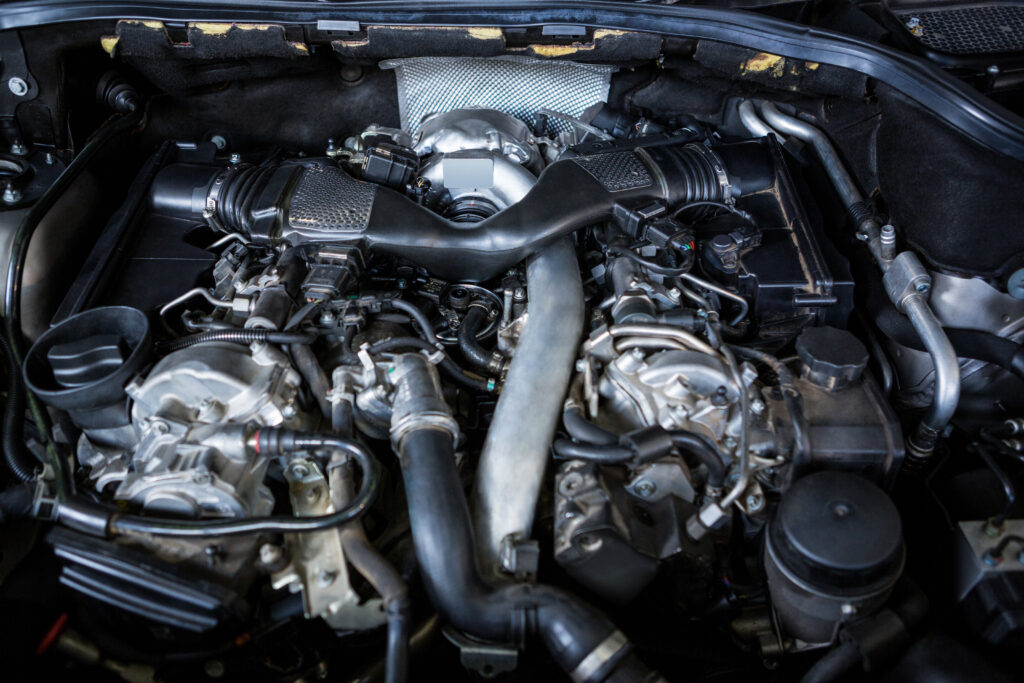The automotive industry is undergoing a massive transformation, and Stellantis and Aramco Hydrogen-Based E-Fuels are at the forefront of this change. The collaboration between auto giant Stellantis and Saudi state oil company Aramco has proven that hydrogen-based e-fuels like e-diesel and e-gasoline are compatible with a wide range of engine types. This groundbreaking development could pave the way for a more sustainable future in road transportation.

The Advanced Testing Process
Stellantis and Aramco conducted rigorous tests to confirm that e-diesel and e-gasoline are compatible with 24 engine types used across 28 million existing vehicles in Europe. These e-fuels can serve as a “drop-in” fuel, meaning they can be used in existing engines without any modifications. Despite some differences in chemical properties compared to their fossil equivalents, the e-fuels met all the engine specifications, including density and inflammation points.
The Environmental Impact
While the use of e-fuels can significantly reduce CO2 emissions, they have been criticized by environmental groups for being inefficient in terms of renewable electricity use. For every 100kWh of renewable electricity used to produce e-fuels, only 13kWh is supplied on the road. This is in stark contrast to battery-electric vehicles, which can deliver up to 77kWh of energy on the road for every 100kWh of renewable electricity.
The European Perspective
The European Union has relaxed its proposed 2035 ban on the sales of internal combustion engine vehicles, allowing them to continue being sold as long as they run on synthetic fuels. This is a huge win for companies like Stellantis and Aramco, who are investing in e-fuels as a viable alternative to electric vehicles.
The Future of E-Fuels in Stellantis’ Fleet
Stellantis aims to sell 100% battery-electric vehicles in Europe by 2030. However, the company acknowledges that internal combustion engines will still be in use up to 2050, necessitating the need for carbon-neutral fuels like e-diesel and e-gasoline.
FAQs
What are the different types of e-fuels?
E-fuels can be categorized into e-diesel, e-gasoline, e-methane, and e-methanol, among others.
What is e-fuel made of?
E-fuels are made by reacting captured carbon dioxide with renewable hydrogen.
What are synthetic e-fuels?
Synthetic e-fuels are artificially created fuels that can be used as a substitute for traditional fossil fuels.
Conclusion
The collaboration between Stellantis and Aramco in the field of hydrogen-based e-fuels is a significant step towards reducing emissions and making road transport more sustainable. While there are challenges to overcome, such as the efficiency of renewable electricity use, the potential benefits are massive. As technology advances, e-fuels could become a key component in the global effort to combat climate change.
Source: https://www.hydrogeninsight.com/

